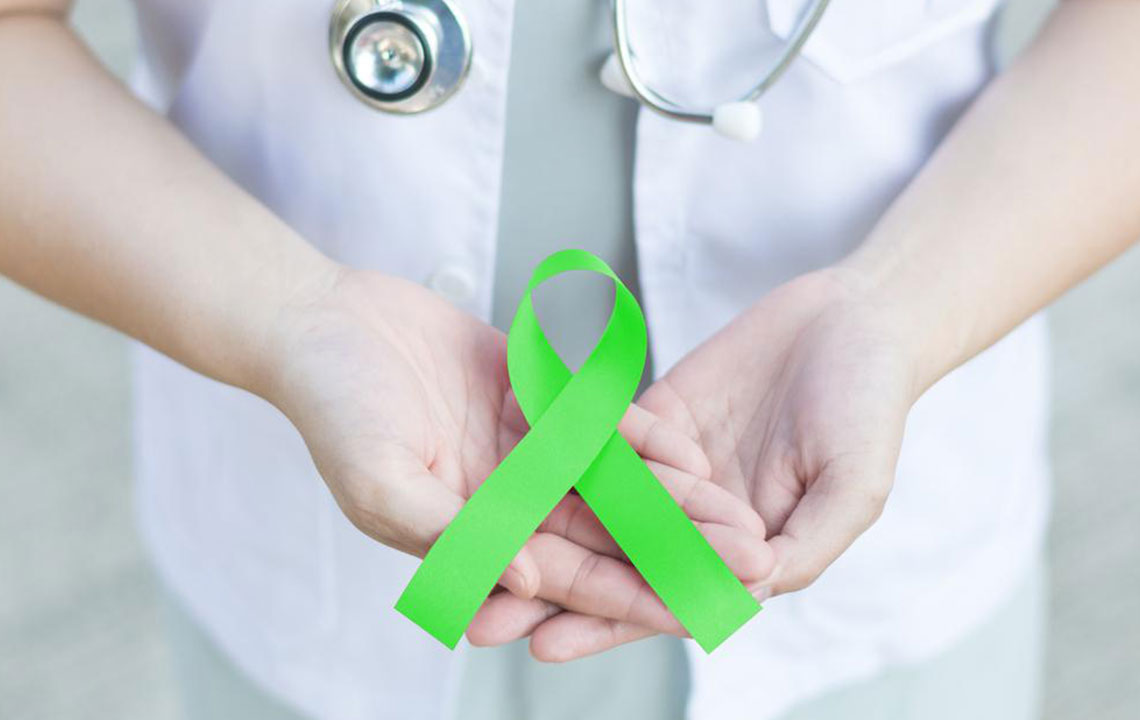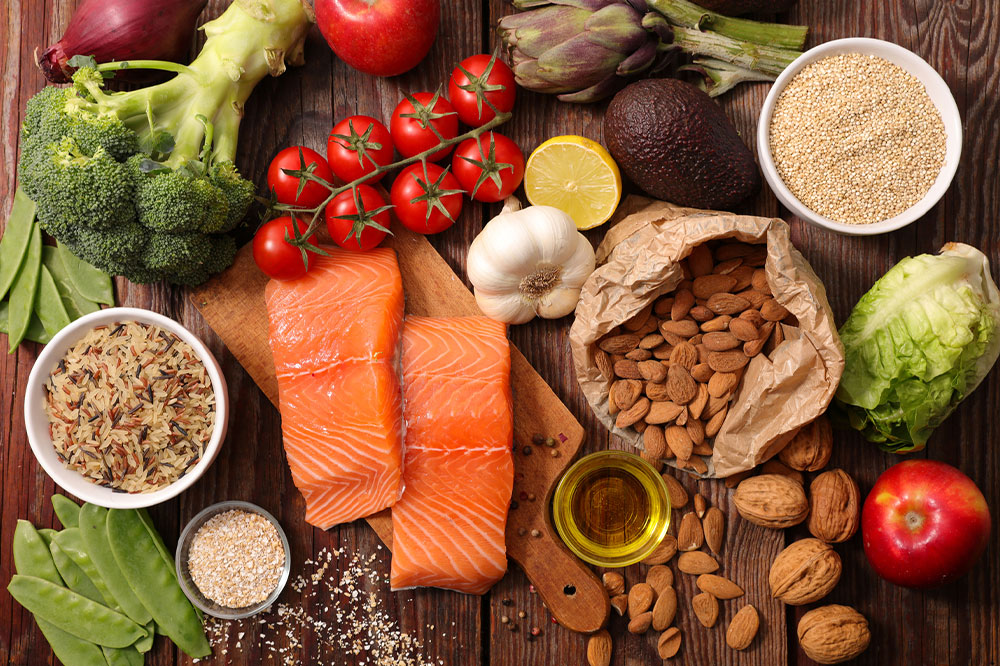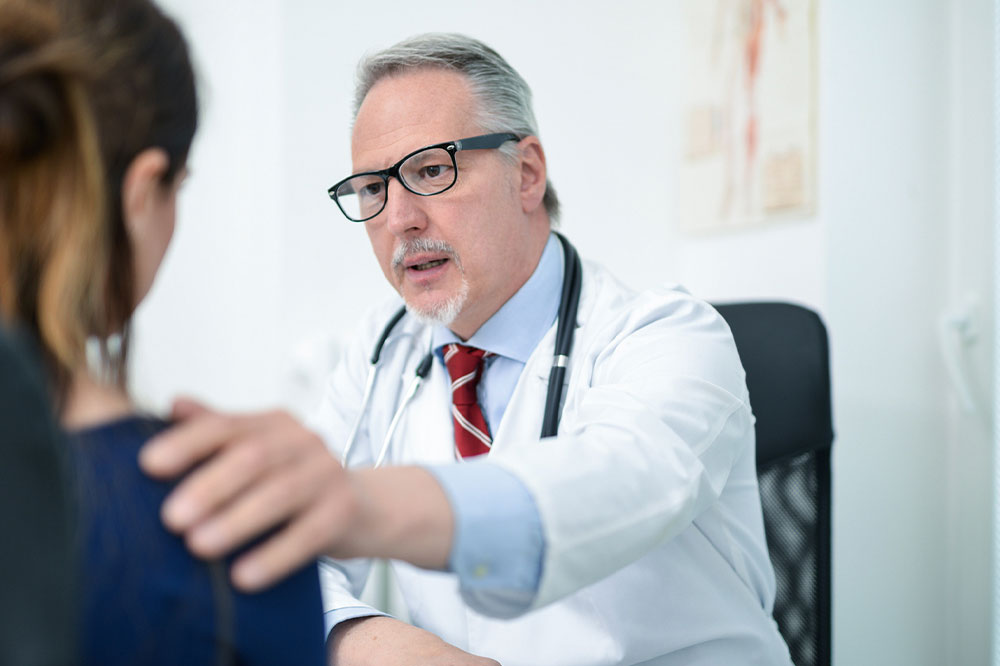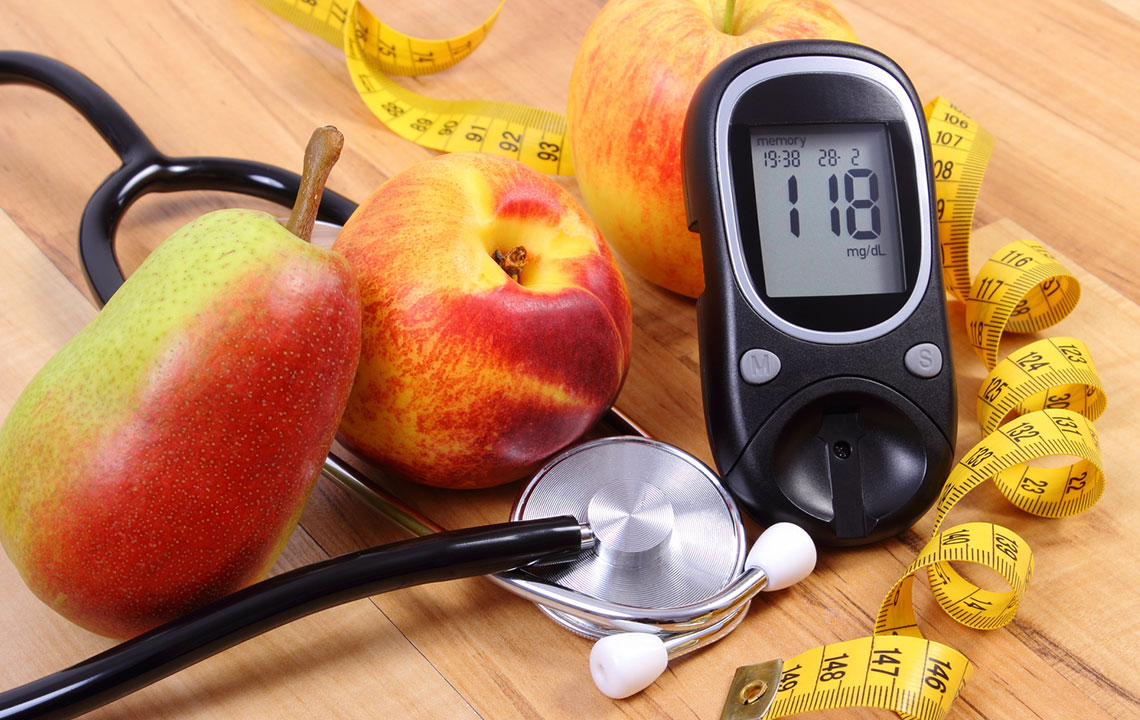Effective Strategies to Reduce Non-Hodgkin Lymphoma Risks
Learn practical strategies to lower the risk of non-Hodgkin lymphoma through lifestyle choices and medical options. Early detection and healthy habits can support better outcomes. Stay informed and consult healthcare experts for personalized guidance.

Effective Strategies to Reduce Non-Hodgkin Lymphoma Risks
Non-Hodgkin lymphoma is a cancer affecting lymphocytes, a type of white blood cell. It originates in lymph nodes and spreads throughout the body, making it the most prevalent lymphoma in humans. This disease develops when abnormal Reed-Sternberg cells appear in the lymphatic system, which can vary in subtype. Common treatments include chemotherapy, radiation therapy, or stem cell transplants. Doctors may also prescribe high-dose medications to boost immune response as part of therapy.
Detecting symptoms early can be challenging, but some signs include:
Persistent fatigue
Unexplained fever
Night sweats
Breathing difficulties
Severe chest discomfort
Painless, swollen lymph nodes in neck, armpits, or groin
Advances in research have improved treatment options, yet prevention remains difficult. Lifestyle changes such as maintaining healthy weight, avoiding HIV and obesity, and steering clear of unprotected sex or intravenous drugs can make a difference. Eating a balanced diet and regular exercise support overall health and may reduce risk.
While no guaranteed way exists to prevent non-Hodgkin lymphoma, combining medical treatments with healthy habits can potentially lower the likelihood of developing the disease.
Note:
This article provides general information on symptoms, treatments, and preventative measures. It is not medical advice. Consult licensed healthcare professionals for diagnosis and treatment options.










